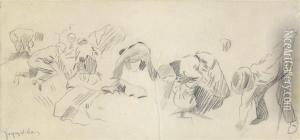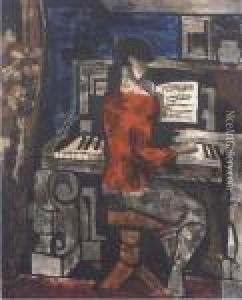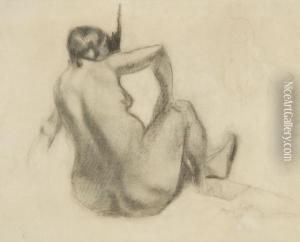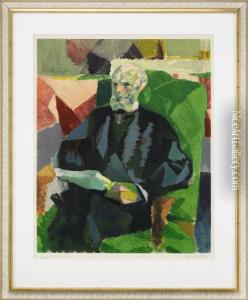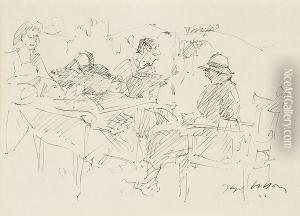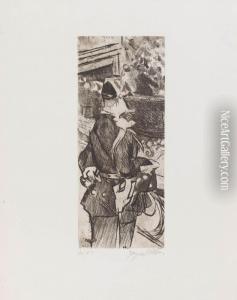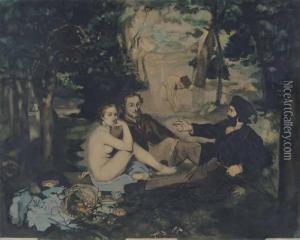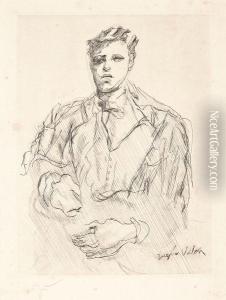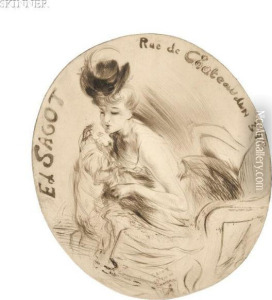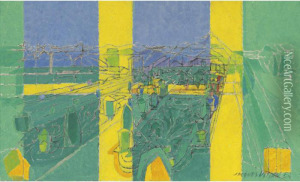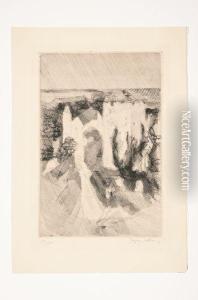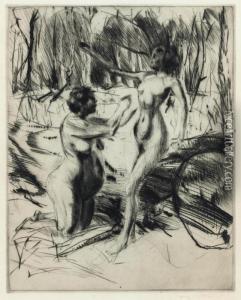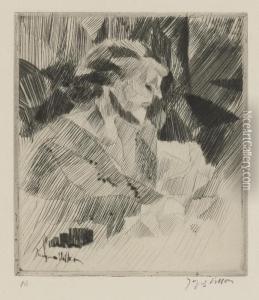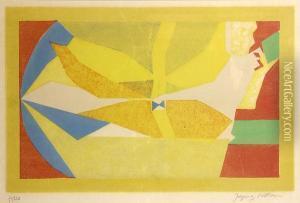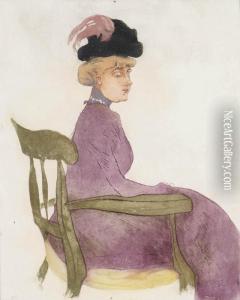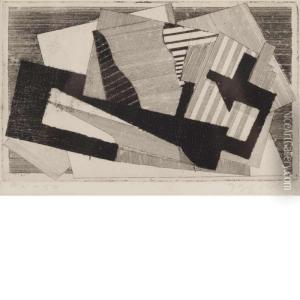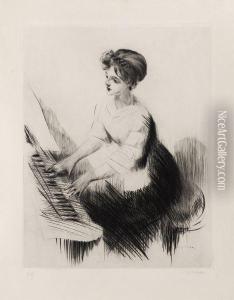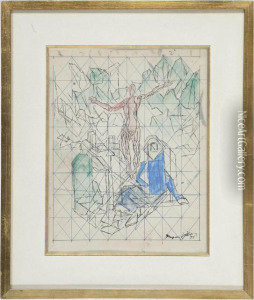Jacques Villon Paintings
Jacques Villon, born Gaston Duchamp on July 31, 1875, in Damville, Normandy, France, was a distinguished French painter and printmaker, and the older brother of the artist Marcel Duchamp. Villon is known for his involvement in the Cubist movement and for his later works that contributed to abstract art. He initially trained as a lawyer before turning to art, a decision influenced by his maternal grandfather, who was an engraver.
Villon moved to Paris in 1894, where he began his career as an illustrator for newspapers and periodicals, adopting the pseudonym Jacques Villon in homage to the French medieval poet François Villon. His early work was influenced by the Impressionists, and he exhibited at the Salon des Indépendants for the first time in 1901. Around this time, he shared a studio with his younger brothers, the sculptor Raymond Duchamp-Villon and the painter and conceptual artist Marcel Duchamp.
By 1911, Villon became deeply involved with the Puteaux Group, a collective of artists who met at the studio of his other brother, Raymond Duchamp-Villon. This group, which included artists like Albert Gleizes, Jean Metzinger, and Fernand Léger, was part of the larger Cubist movement. Villon's work from this period shows his exploration of Cubism's geometric forms and multi-faceted representation of reality.
During World War I, Villon served in the army, and his artistic output diminished. However, after the war, he returned to art with renewed vigor. He developed a distinctive personal style that melded his Cubist roots with a more delicate, lyrical abstraction, often incorporating elements of geometry and color theory. In 1920, he was one of the founders of the Section d'Or group, which sought to continue the Cubist legacy and explore its mathematical aspects.
Throughout the 1930s and 1940s, Villon's work gained international recognition. He participated in major exhibitions, including the Venice Biennale, and his prints and etchings became highly sought after. In the post-World War II era, Villon continued to refine his abstract style, creating a series of large-scale prints and paintings that played with color, line, and form.
Jacques Villon passed away on June 9, 1963, in Puteaux, France. His legacy is marked by his significant contributions to Cubism and abstract art, as well as by the influence he had on his more famous brother, Marcel Duchamp. Today, Villon's works are held in major museums and collections around the world, testifying to his role as a pivotal figure in the development of modern art.
